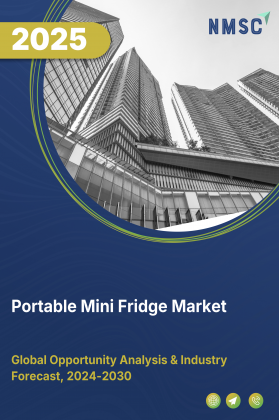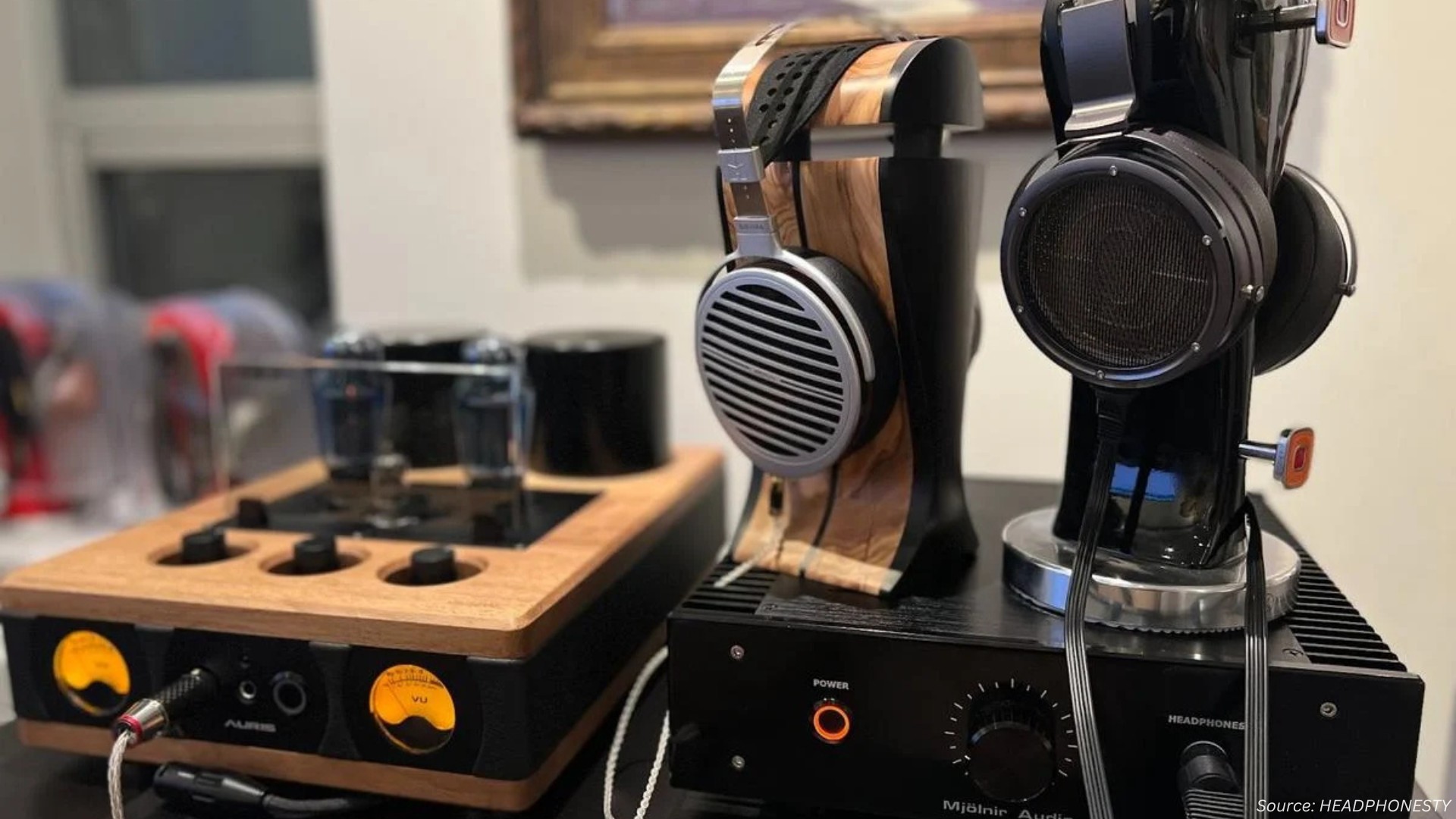
The U.S. Power Bank Market by Battery Capacity (Upto 5000 mAh, 5001-10000 mAh, 10001-20000 mAh, Above 20000 mAh), by Battery Type (Lithium-ion (Li-ion) and Lithium-Polymer (Li-Po)), by Portability (Mini Power Banks, Compact Power Banks, and Larger High Capacity Power Banks), by Charging Technology Type (MagSafe or Wireless Charging Support and Standard Charging Support)and Others– Opportunity Analysis and Industry Forecast, 2024 – 2030
Industry: Retail and Consumer | Publish Date: 19-Sep-2025 | No of Pages: 202 | No. of Tables: 162 | No. of Figures: 107 | Format: PDF | Report Code : RC1469
U.S. Power Bank Market Report - Comprehensive Overview | |
| Study Period | 2020 - 2030 |
| Base Year for Estimation | 2024 |
| Forecast Data Period | 2026 - 2030 |
| Market Size in Base Year | 290.24 |
| Market Size in Forecast Year | 356.35 |
| Growth Rate 2026 - 2030 | 4.19% |
| Growth Factors | |
| Report Coverage | The report provides insights on market size, forecasts, emerging trends, competitive landscape, key segments, growth opportunities, recent developments, and strategic recommendations to help stakeholders make informed business decisions. |
| Segments Covered | The U.S. Power Bank Market by Battery Capacity (Upto 5000 mAh, 5001-10000 mAh, 10001-20000 mAh, Above 20000 mAh), by Battery Type (Lithium-ion (Li-ion) and Lithium-Polymer (Li-Po)), by Portability (Mini Power Banks, Compact Power Banks, and Larger High Capacity Power Banks), by Charging Technology Type (MagSafe or Wireless Charging Support and Standard Charging Support)and Others |
| Countries Covered | 3 |
| Geographical Analysis | The U.S., Canada and Mexico |
| Companies Profiled | Top 10 companies |
| Market Share | Available for top 10 companies |
| Customization Scope | Free customization (equivalent to up to 80 working hours of analysts) after purchase. Addition or alteration to country, regional, and segment scope. |
| Purchase Option | Avail customized purchase options to meet your exact research needs. |
Market Definition
The U.S. Power Bank Market size was valued at USD 263.80 million in 2023, and is predicted to reach USD 356.35 million by 2030, with a CAGR of 4.0% from 2024 to 2030.
The power bank industry is dedicated to designing, manufacturing, and distributing portable charging devices. These devices, typically equipped with lithium-ion or lithium-polymer batteries, are engineered to store electrical energy and provide on-the-go charging for many portable electronic devices such as smartphones, tablets, digital cameras, and laptops. The industry has evolved rapidly, responding to the increasing reliance on mobile devices and the consequent need for portable power solutions.
The advantages of power banks are numerous and significant. Their primary benefit lies in their portability, allowing users to charge electronic devices without a stationary power source. This feature mainly benefits people who travel frequently or engage in outdoor activities. Moreover, power banks are designed to be compact and lightweight, enhancing their convenience.
Additionally, modern power banks are available in various capacities, enabling them to store enough energy to charge multiple devices or provide several charges to a single device, which is especially useful during extended periods away from traditional power sources. However, the environmental impact of these devices, particularly the production and disposal of lithium batteries, is a concern, necessitating proper recycling and disposal methods to minimize their ecological footprint.
Expanding Smart Device Ecosystem And Intensifying Mobile Internet Usage Drive Power Bank Demand
The rapid growth of the U.S. smart device ecosystem is one of the strongest forces fueling the demand for power banks. Smartphones, tablets, laptops, gaming consoles, and wearable devices are now central to both professional and personal lifestyles. With people spending more time online for work, entertainment, and social engagement, uninterrupted device usage has become a necessity. Mobile internet penetration, high-definition streaming, and data-intensive applications such as video conferencing, gaming, and augmented reality have further increased the need for frequent recharging. Power banks offer a practical and reliable solution to this demand by ensuring extended device usage without dependence on fixed charging points. This growing reliance on multiple digital devices in day-to-day life is expected to create a steady and long-term growth pathway for the U.S. power bank market.
Advances In Battery Technologies And E-commerce Infrastructure Accelerate Market Uptake
Technological innovation is another major factor driving market expansion in the U.S. Power banks today are no longer limited to basic portable charging; they are equipped with fast-charging protocols, higher storage capacities, integration of wireless and MagSafe charging, and increasingly eco-friendly materials. These advancements not only improve convenience and efficiency but also attract consumers who seek premium and sustainable charging solutions. At the same time, the strengthening of e-commerce infrastructure has made power banks more accessible to diverse consumer groups. Platforms such as Amazon, Walmart, and Best Buy offer wide product variety, transparent pricing, user reviews, and fast doorstep delivery, significantly enhancing purchase convenience. The synergy of advanced product features with strong online retail penetration has accelerated adoption and is expected to continue shaping the future growth of the U.S. power bank market.
Safety-related Recalls And Stringent Regulations Impede Market Expansion
The U.S. power bank market faces growing headwinds from safety concerns stemming from lithium-ion battery risks and increasingly strict regulatory oversight. High-profile recalls of power bank models—such as recent cases where major brands had to pull back over a million units due to overheating and fire hazards—have heightened consumer anxiety over battery safety. These incidents not only expose manufacturers to liabilities and reputational damage but also compel them to invest heavily in improved quality control and certification processes, which escalates production costs.
Moreover, the sector is challenged by tightening regulatory standards at both federal and state levels. Agencies such as the U.S. Consumer Product Safety Commission (CPSC) and state-level authorities require compliance with rigorous testing protocols and safety certifications. Non-compliance can trigger expensive recalls, restrict market access, and erode consumer trust. The combined pressure of safety-related liabilities and compliance burdens significantly slows new product development and overall market expansion—particularly for smaller manufacturers or startups with limited resources.
Growing Adoption Of Sustainable And Solar-integrated Power Banks Opens New Growth Avenues
The rising emphasis on sustainability and clean energy in the U.S. presents a significant opportunity for the power bank market. Consumers are increasingly conscious of the environmental footprint of electronic products, driving demand for greener alternatives. Solar-integrated power banks, made with eco-friendly materials and recyclable components, are emerging as attractive solutions for both everyday use and outdoor applications such as camping, hiking, and disaster preparedness.
In addition to supporting individual users, government initiatives and corporate sustainability programs are encouraging the adoption of renewable-powered charging solutions. This shift positions solar and sustainable power banks as a viable alternative to conventional models, particularly in regions where power outages or outdoor lifestyles create a consistent need for energy independence. As the U.S. market evolves toward greener consumption patterns, brands that invest in solar integration, recyclable designs, and energy-efficient technologies will be able to capture a growing niche that blends functionality with environmental responsibility.
Competitive Landscape
The U.S. Power Bank industry includes several market players such as Anker, Belkin, Mophie, Samsung, Jackery, RAVPower, AUKEY, Goal Zero, Zendure, Duracell, Energizer, Baseus, Sony, Scosche, Omnicharge, amoung Others.
The U.S. Power Bank Market Key Segments
By Battery Capacity
-
Up to 5,000 mAh
-
5,001 to 10,000 mAh
-
10,001 to 20,000 mAh
-
Above 20,000 mAh
By Battery Type
-
Lithium-Ion (Li-Ion)
-
Lithium-Polymer (Li-Po)
By Portability
-
Mini Power Banks
-
Compact Power Banks
-
Large High Capacity Power Banks
By Charging Technology Type
-
Magsafe or Wireless Charging Support
-
Standard Charging Support
By Number of Ports
-
1 to 2 Ports
-
3 to 5 Ports
-
More than 5 ports
By Design
-
Standard Power Banks
-
Rugged Power Banks
By Display Technology
-
Power Banks with Display Technology
-
Power Banks without Display Technology
By Compatibility
-
Universal Power Banks
-
Device-Specific Power Banks
By Power Output
-
Less than 15W
-
15-65W
-
66 to 200W
-
More than 200W
By Distribution Channel
-
E-commerce or Online
-
Offline
KEY PLAYERS
-
Anker
-
Belkin
-
Mophie
-
Samsung
-
Jackery
-
RAVPower
-
AUKEY
-
Goal Zero
-
Zendure
-
Duracell
-
Energizer
-
Baseus
-
Sony
-
Scosche
-
Omnicharge
REPORT SCOPE AND SEGMENTATION:
|
Parameters |
Details |
|
Market Size in 2023 |
USD 263.80 Million |
|
Revenue Forecast in 2030 |
USD 356.35 Million |
|
Growth Rate |
CAGR of 4.0% from 2024 to 2030 |
|
Analysis Period |
2023–2030 |
|
Base Year Considered |
2023 |
|
Forecast Period |
2024–2030 |
|
Market Size Estimation |
Million (USD) |
|
Growth Factors |
|
|
Companies Profiled |
15 |
|
Market Share |
Available for 10 companies |
|
Customization Scope |
Free customization (equivalent up to 80 working hours of analysts) after purchase. Addition or alteration to country, regional, and segment scope. |
|
Pricing and Purchase Options |
Avail customized purchase options to meet your exact research needs. |

















 Speak to Our Analyst
Speak to Our Analyst

























